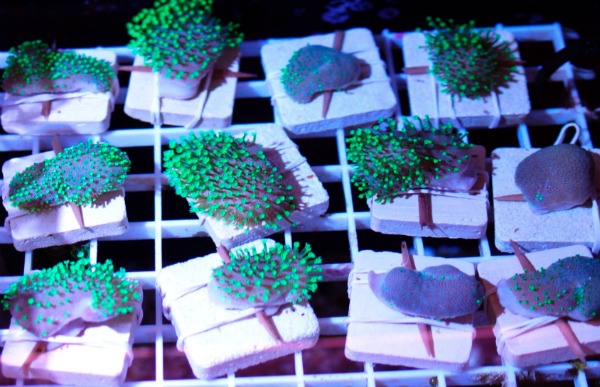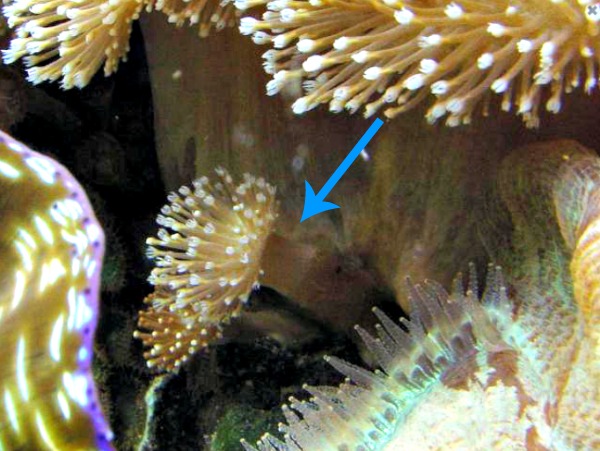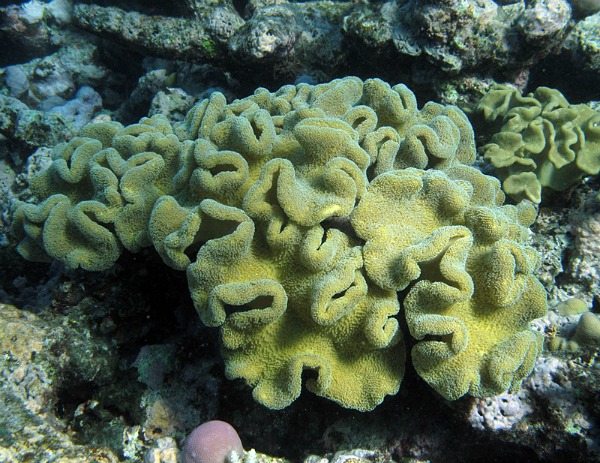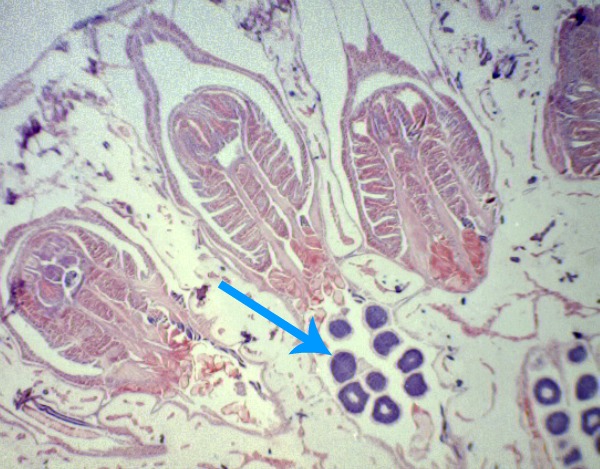
For octocorals, there are two modes of reproducing: sexually and asexually. Although asexual reproduction is the dominant mode, sexual reproduction is still essential for gene mixing.
Asexual Reproduction
Soft corals are known to have asexual reproduction as their dominant mode of reproduction. Although the reproduced individual a clone of the original colony, it is a faster form to dominate an area, as many organisms are competing for space and substrate in the coral reef system (Fabricius & Alderslade, 2001). Asexual reproduction can also be conducted while environmental cues are not signaled for the right time to sexually propregate. There are four known mode of asexual reproduction: stolon formation, fragmentation, budding, and fission. However in Sarcophyton ehrenbergi, stolon formation has not been observe and is not know (Fabricius, 1995).
Fragmentation
The ocean is very unpredictable and depending on the environmental factors or human activity, Sarcophytons are bound to face damage by having a piece of their fleshy anthostele being ripped from its original colony. Sarcophytons, like many corals, have no problem with this. It is actually beneficial for them where by helping the colony spread to other locations. The fragments that are removed from the original colony are able to make their own colonies if the right substrate is found as well as the right environment. This method is commonly used for corals in aquarium to reproduce more corals.
 |
Sarcophyton cap fragmentation used in aquariums to produce more colonies. Simply by using a toothpick and a rubber band, in the right environment one is able to produce a large colony over time. (Picturetaken from ReefCorner © at reefcorner.com)
|
Budding
Budding is done by forming a smaller form of the colony, which develops from the side of the colony. Once reached a certain size, it detaches it self to a substrate near the colony to start forming its own. Although the new colony has not travelled far from its original colony, it is a form to dominate an area as substrates are competed with other organisms.
Sarcopyton species budding out from the bottomof the colony. (Picture taken from ReefCorner © at reefcorner.com)
|

|
Fission
Fission occurs when a large colony divides into two different adult colony of a smaller size. This possibly can be observed in the field when there are an aggregation of colonies of a similar size very closely located next to each other. This could be due to damaged or smaller colonies are found to grow faster compared to a larger colony (Fabricius, 1995).
 |
Sarcophyton colonies aggregated closely to each other probably due to fission. (Picture taken by Andy Lewis from the Australian museum Lizard Island Research Station at www.gaiaguide.info)
|
Sexual reproduction
Sexual reproduction in Sarcophyton ehrenbergi is an important behaviour to have mixing of genes. They have separate sexes and are broadcast spawners (Alino & Coll,1989). It is also found that those found in warmer waters tend to broadcast more compared to those that are found in colder waters (Kahang et al., 2011). Broadcast spawning is done by the release of egg and sperm in a planktonic form and is fertilized in the water column (Williams, 1993). There are secondary metabolites in the coral that play a role in spawning, so they are able to ‘communicate’ between colonies to synchronize their broadcast spawning (Sammarco & Coll,1992).
|
Cross section of a polyp. Arrow pointed at the gonands of the polyp. They are located in the gastric cavity.
|
 |
|